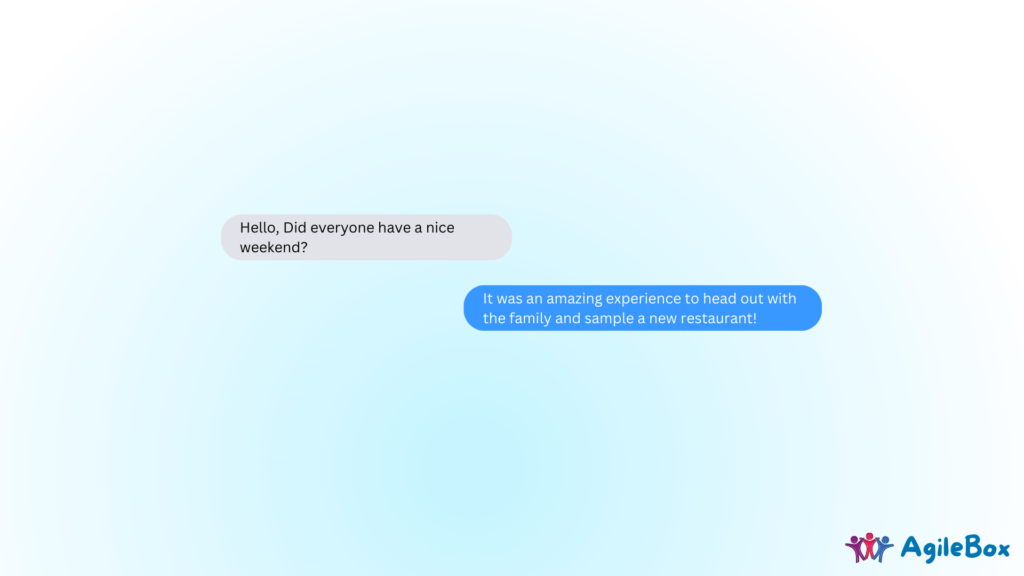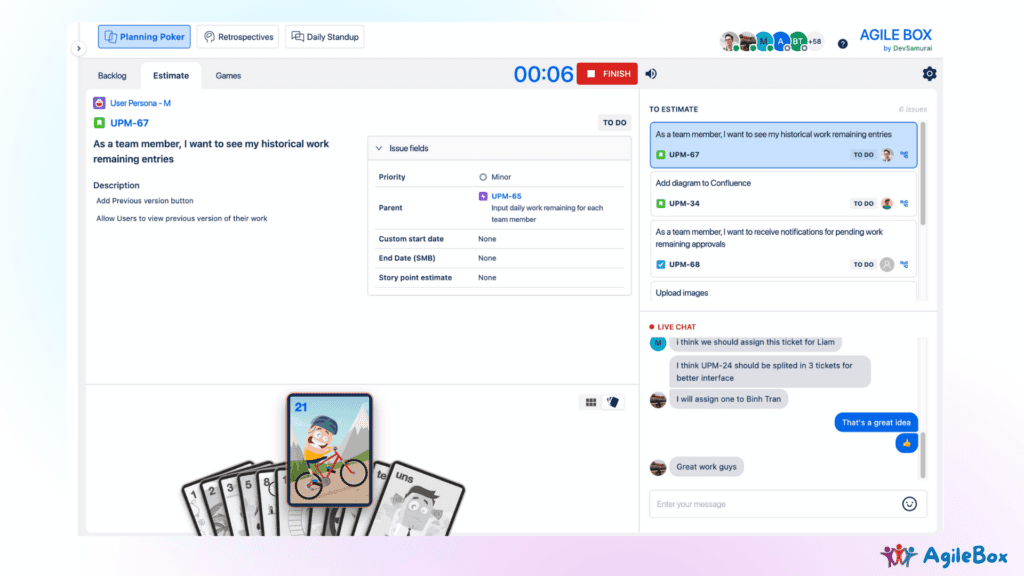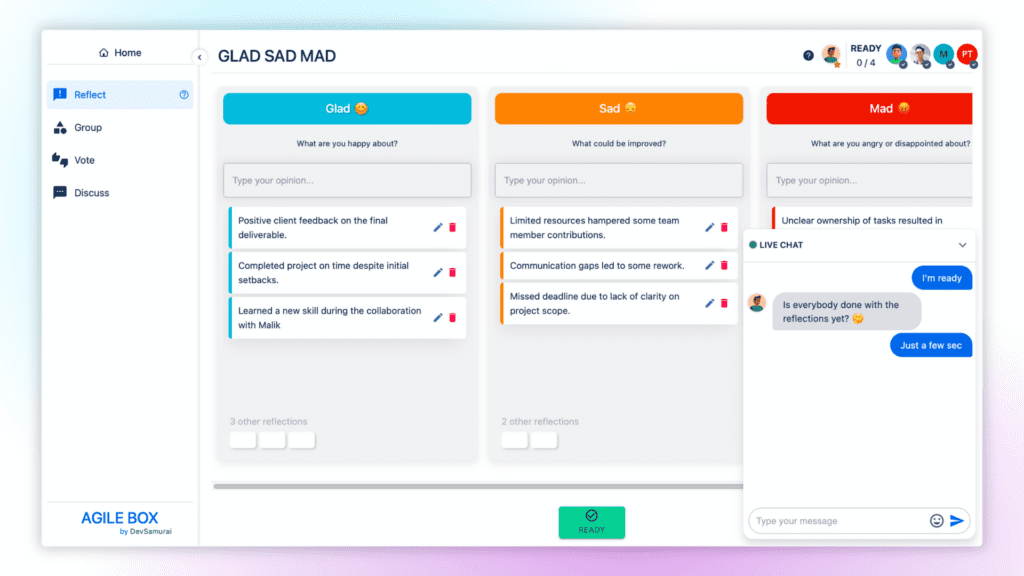In any team, it’s natural to have a mix of personality types—some who are eager to jump into conversations and others who prefer to sit back and observe. Connecting with quieter team members during meetings can be a challenge, but it’s essential to ensure that everyone’s voice is heard. If left unaddressed, quieter team members may feel overlooked, and valuable insights could be lost. So, how can you bridge that gap? Let’s explore some tips to engage a quiet team effectively.
1. Start an Icebreaker

One of the easiest ways to create an open, comfortable atmosphere is by starting with an icebreaker. Icebreakers can help reduce the tension in the room and make team members, especially quieter ones, feel more at ease. It’s important to include both verbal and non-verbal icebreakers to accommodate different comfort levels.
For example, you can ask a simple, fun question like, “If you could have any superpower, what would it be?” Verbal responses work well to get people talking, but for those who might not be ready to speak up, a non-verbal icebreaker like a quick poll or an interactive activity such as writing responses on a virtual whiteboard can encourage engagement without putting anyone on the spot.
The key here is to set a welcoming tone from the outset. When team members feel the environment is supportive, they’re more likely to open up as the meeting progresses.
2. Different Ways to Interact
Not everyone feels comfortable speaking up in a meeting, especially quieter team members. Offering different ways to interact ensures that everyone can contribute in a way that suits their style. This is where tools like AgileBox come in handy.
For example, instead of forcing verbal participation, you can use features like Planning Poker to facilitate backlog discussions. Planning Poker lets team members estimate tasks by selecting cards, which encourages participation without requiring everyone to speak up, team members can chat and discuss live chat.

Another option is to use retrospective meetings to create a safe space for reflection. In retrospectives, participants can voice their feedback through structured prompts or anonymously via digital tools, which helps quieter members share their thoughts without feeling singled out.
How often you should run restrospective meeting?

Finally, daily standups offer an opportunity for team members to not only update their progress but also share their mood or any blockers they’re facing. This routine gives quieter individuals a chance to share when they feel ready, contributing to team cohesion in a low-pressure way.
By offering varied ways to engage, you create a more inclusive environment where quieter team members feel valued and heard, even if they prefer non-verbal forms of communication.
3. Give Them Time to Think and Ask for Opinions
Quiet team members often need a little more time to process information and formulate their thoughts before sharing. That’s why it’s important to give them time to think and not rush into requiring immediate input. During conversations, incorporate intentional pauses after posing questions. These breaks allow everyone, especially quieter individuals, to reflect and consider their responses without feeling the pressure to respond instantly.
When asking for opinions, it’s also helpful to frame your questions in a non-pressuring way. Instead of asking direct questions like, “What do you think, Sarah?” which may feel like putting someone on the spot, try more open-ended or collective questions like, “Would anyone like to share their thoughts on this?” or “Feel free to chime in whenever you’re ready.” This approach creates space for quieter team members to contribute when they feel comfortable.
Here’s an example: Imagine you’re in a planning meeting. Instead of immediately expecting feedback after presenting an idea, you could say, “Let’s take a minute to think about this and come back with thoughts.” This gives everyone, including quieter individuals, the time to gather their thoughts and speak when they’re ready.
By building pauses into your meetings and asking questions thoughtfully, you encourage more meaningful contributions from all team members, ensuring no one is left out.
Conclusion
Engaging with quieter team members in meetings takes some extra thought, but it’s worth the effort. Starting with an icebreaker helps set a relaxed tone, and using different ways to interact, like AgileBox’s Planning Poker or retrospectives, ensures that everyone can contribute in a way that works for them. Giving people time to think before sharing their thoughts also makes a big difference, especially for those who prefer to reflect. These simple steps can help make your meetings more inclusive and ensure that everyone’s ideas are heard and valued.
Let’s Try Out AgileBox




